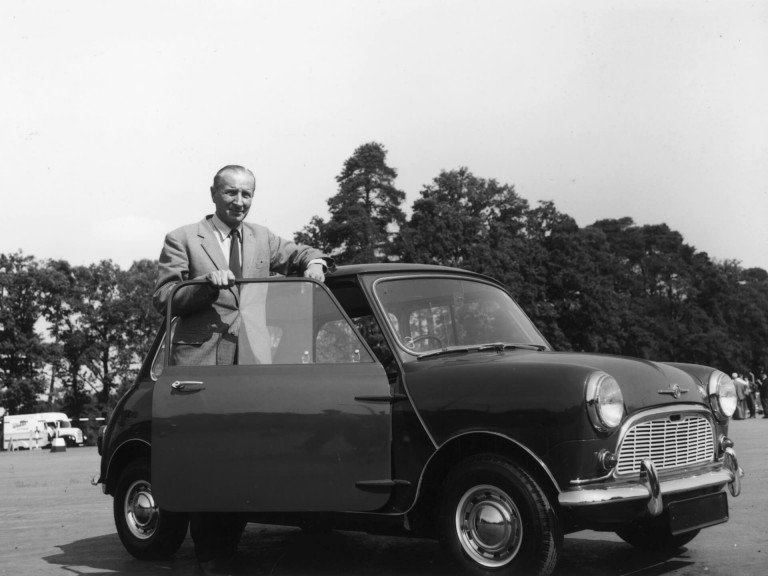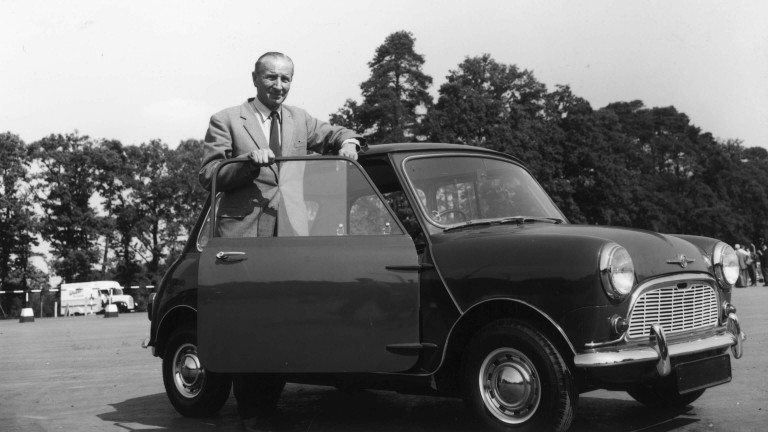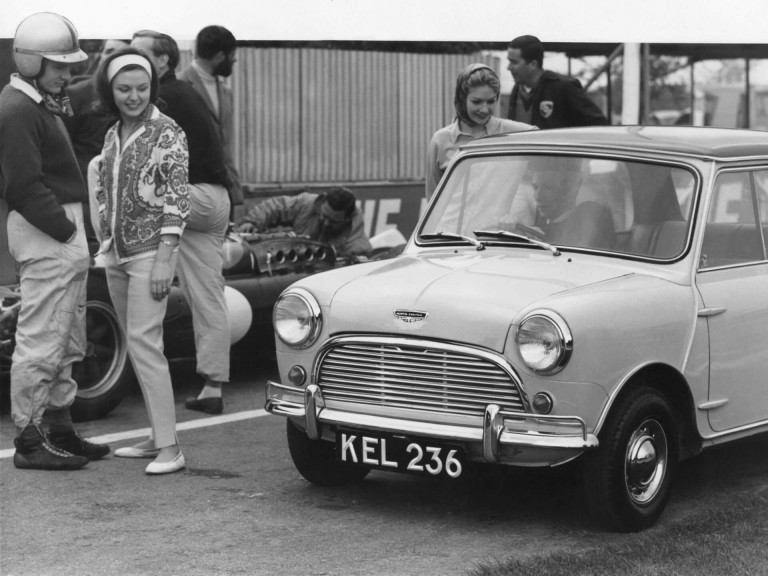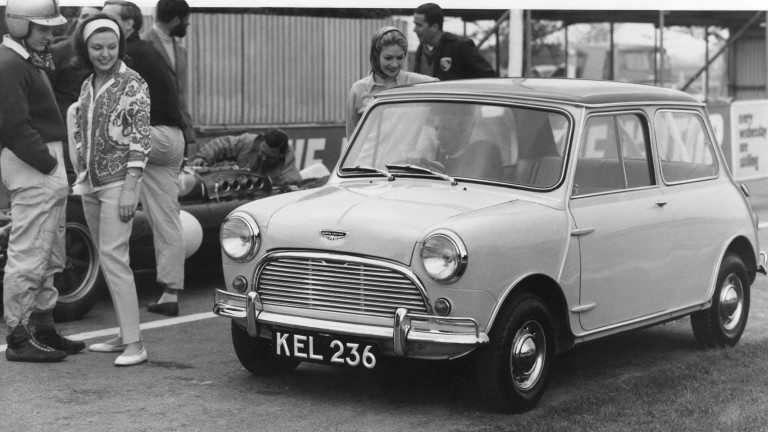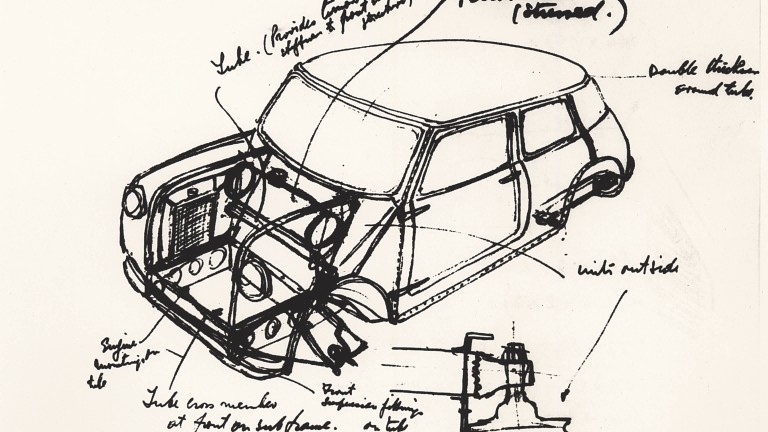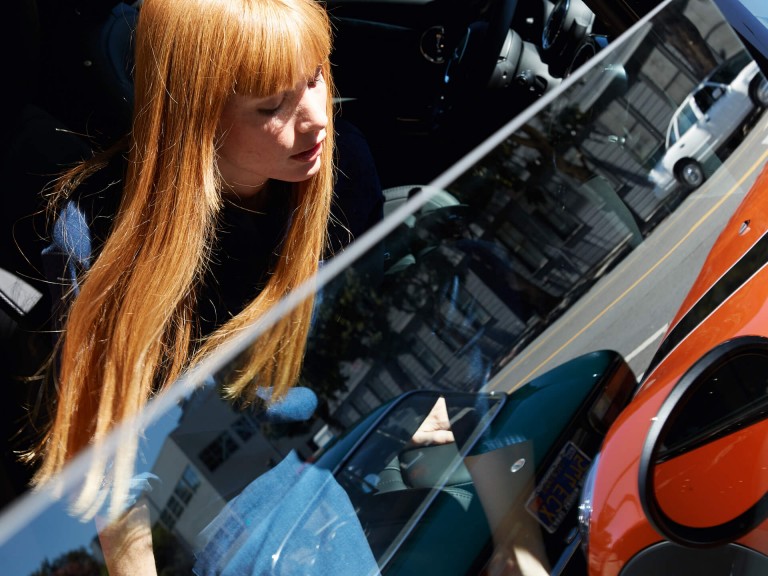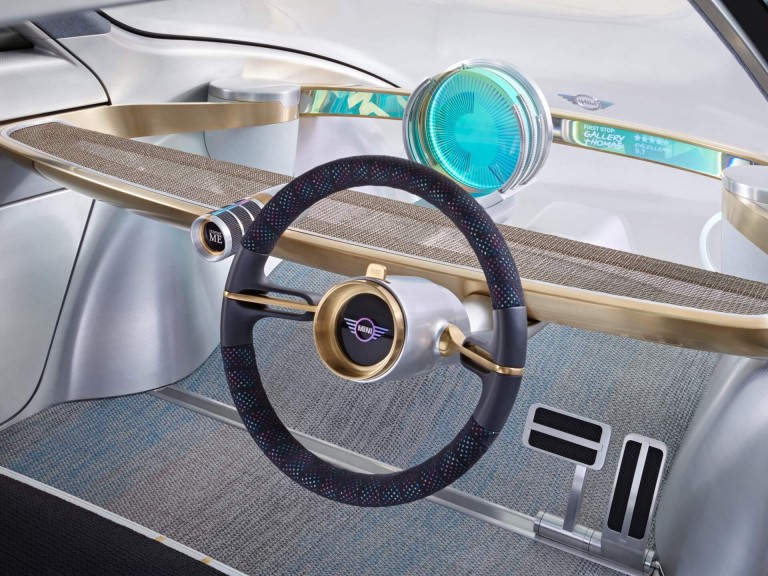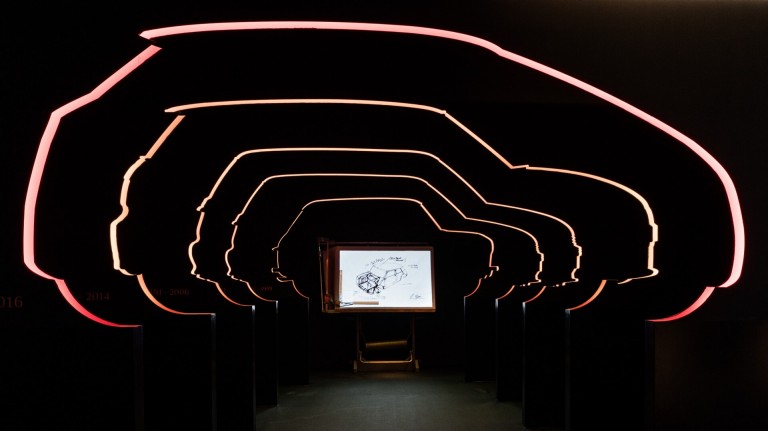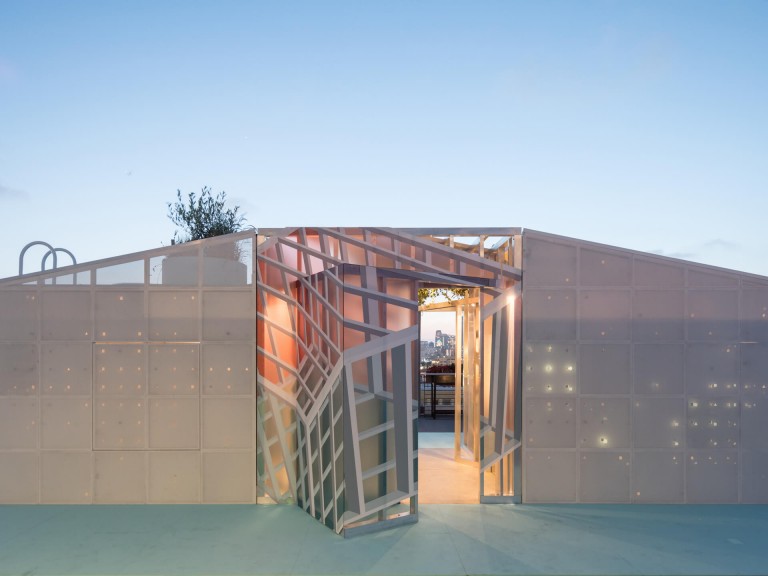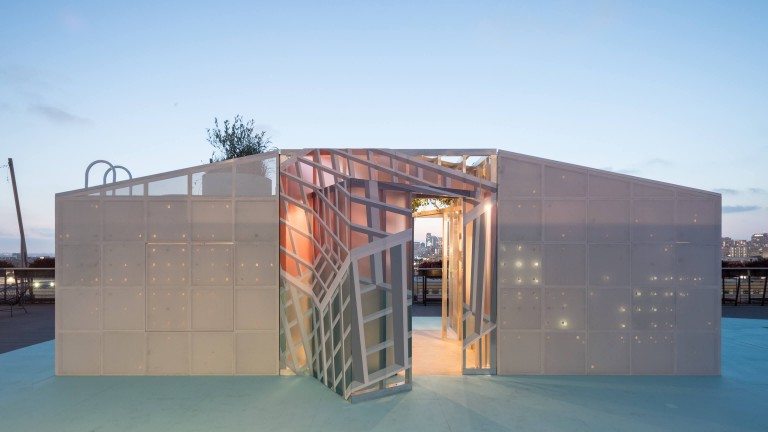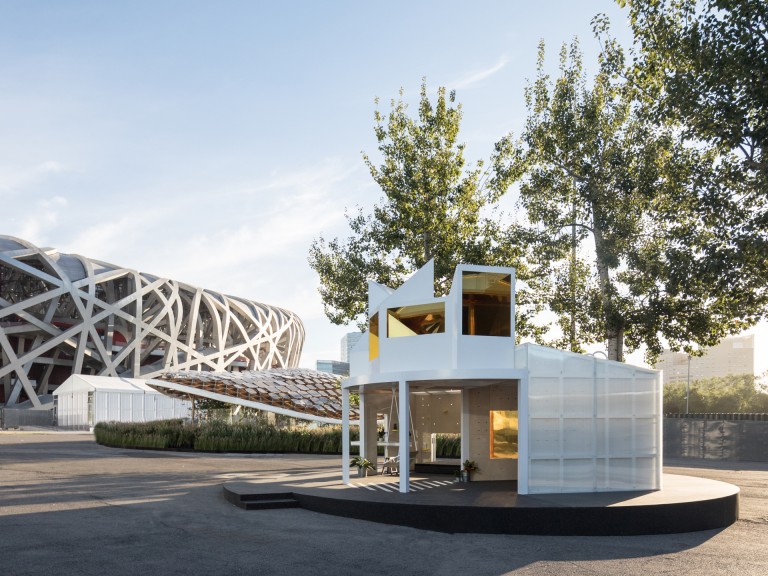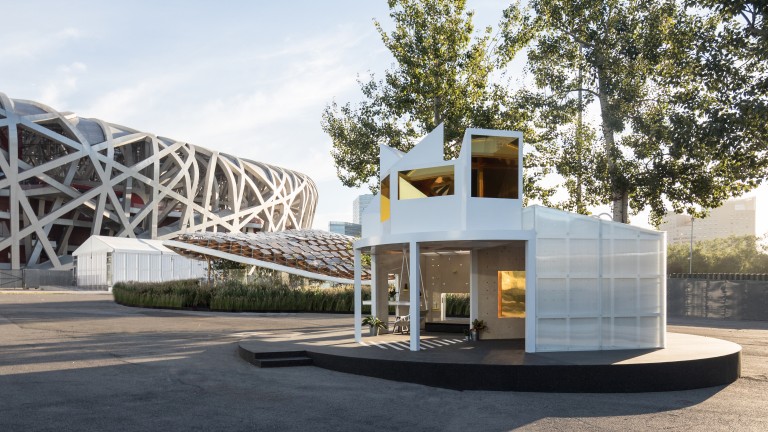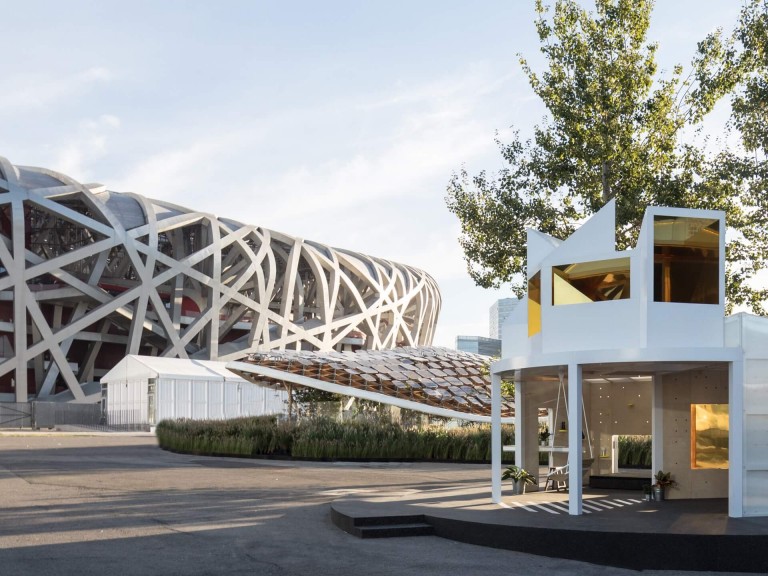Our tool for managing your permission to our use of cookies is temporarily offline. Therefore some functionality is missing.
Heritage

WELCOME TO THE MINI UNIVERSE.
NOW AND THEN: WHAT MINI STANDS FOR.
The very first Mini, built in 1959, became a design icon, and had a deeply human appeal: in its look, visceral driving experience and accessibility. And it was invented as an answer to a pressing social issue: an acute fuel shortage.
Changing the viewpoint.
But we also look beyond cars. For us at MINI, it’s important to understand the city as a whole, what’s most relevant to people’s lives – and what will matter to them in the future. This is why we deeply engage in the fields of architecture, fashion and design. All fields that matter to urban life.

MINI Cooper S 3-door hatch
Official combined fuel consumption: 6.5 - 6.4 l/100 km Official (combined) CO2 emissions: 147 - 145 g/km
MINI Cooper S 5-door hatch
Official combined fuel consumption: 6.6 - 6.5 l/100km Official (combined) CO2 emissions: 150 - 148 g/km
MINI Cooper S Convertible
Official combined fuel consumption: 6.9 - 6.8 l/100km Official (combined) CO2 emissions: 157 - 154 g/km
MINI Cooper S Clubman
Official combined fuel consumption: 6.6 l/100 km Official (combined) CO2 emissions: 151 g/km
MINI Cooper SD Countryman ALL4
Official combined fuel consumption: 4.9 - 4.8 l/100 km Official (combined) CO2 emissions: 130 - 127 g/km
Dreams of the future.




Hinweis (English disclaimers below):
Die offiziellen Angaben zu Kraftstoffverbrauch, CO2-Emissionen und Stromverbrauch wurden nach dem vorgeschriebenen Messverfahren VO (EU) 715/2007 in der jeweils geltenden Fassung ermittelt. Die Angaben berücksichtigen bei Spannbreiten Unterschiede in der gewählten Rad- und Reifengröße. Die Werte der Fahrzeuge basieren bereits auf der neuen WLTP-Verordnung und werden in NEFZ-Äquivalenzwerte zurückgerechnet, um den Vergleich zwischen den Fahrzeugen zu gewährleisten. Bei diesen Fahrzeugen können die CO2-Werte für fahrzeugbezogene Steuern oder andere Abgaben, die (zumindest unter anderem) auf CO2-Emissionen basieren, von den hier angegebenen Werten abweichen. Die CO2-Effizienz-Spezifikationen werden gemäß der Richtlinie 1999/94/EG und der Europäischen Verordnung in der jeweils gültigen Fassung festgelegt. Die angegebenen Werte basieren auf dem Kraftstoffverbrauch, den CO2-Werten und dem Energieverbrauch nach dem NEFZ-Zyklus für die Klassifizierung. Weitere Informationen über den offiziellen Kraftstoffverbrauch und die spezifischen CO2-Emissionen neuer Personenkraftwagen können dem "Handbuch über den Kraftstoffverbrauch, die CO2-Emissionen und den Stromverbrauch neuer Personenkraftwagen" entnommen werden, das an allen Verkaufsstellen und unter https://www.dat.de/angebote/verlagsprodukte/leitfaden-kraftstoffverbrauch.html erhältlich ist.
Disclaimer:
The values of fuel consumptions, CO2 emissions and energy consumptions shown were determined according to the European Regulation (EC) 715/2007 in the version applicable at the time of type approval. The figures refer to a vehicle with basic configuration in Germany and the range shown considers optional equipment and the different size of wheels and tires available on the selected model. The values of the vehicles are already based on the new WLTP regulation and are translated back into NEDC-equivalent values in order to ensure the comparison between the vehicles. [With respect to these vehicles, for vehicle related taxes or other duties based (at least inter alia) on CO2-emissions the CO2 values may differ to the values stated here.] The CO2 efficiency specifications are determined according to Directive 1999/94/EC and the European Regulation in its current version applicable. The values shown are based on the fuel consumption, CO2 values and energy consumptions according to the NEDC cycle for the classification. For further information about the official fuel consumption and the specific CO2 emission of new passenger cars can be taken out of the „handbook of fuel consumption, the CO2 emission and power consumption of new passenger cars“, which is available at all selling points and at https://www.dat.de/angebote/verlagsprodukte/leitfaden-kraftstoffverbrauch.html.
